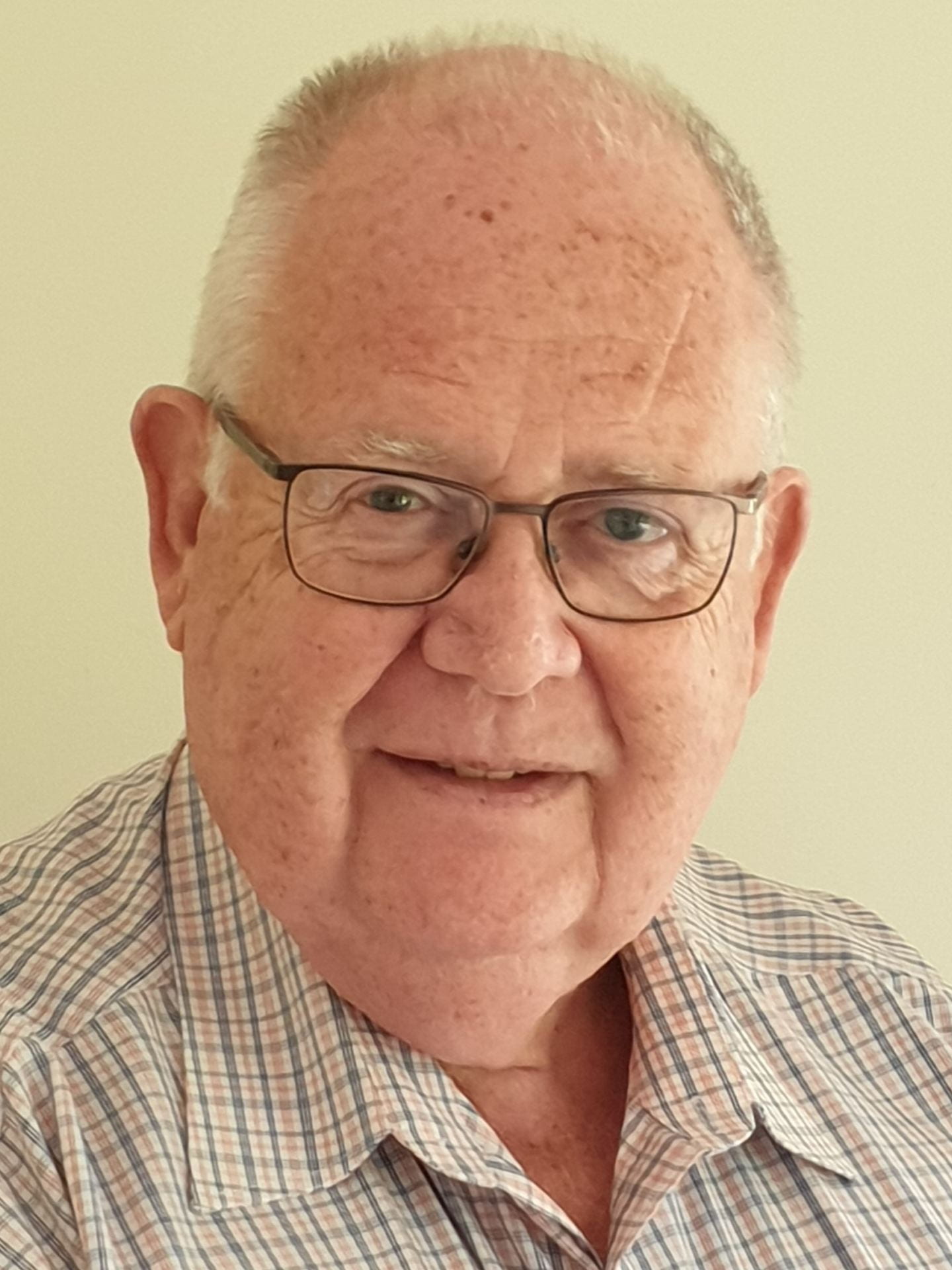Jim Randle

Jim Randle is a self-employed mechanical engineer and freelance consultant based in Indonesia, specializing in geothermal project development and management. He has 40 years of experience in exploration, drilling, design, construction and operations (including procurement and project financing) and has been exposed to all engineering and geoscience disciplines.
Jim’s early career was as an engineering officer in the British Royal Navy nuclear submarine service. After that he moved to New Zealand to work with the then New Zealand Electricity on the Ohaaki project. Following corporatization, he headed DesignPower NZ Ltd for a period before joining KRTA, followed by Kingston Morrison, and Sinclair Knight Merz. He then left New Zealand shores for Project Management roles in Nicaragua and Indonesia.
Jim has accumulated vast international experience having worked on geothermal projects in New Zealand, Philippines, Indonesia, Nicaragua, Kenya, Ethiopia, the Caribbean, Russia, and Chile. His employers and clients have included other international consultants, state owned power companies and geothermal companies, private sector geothermal developers and operators, and multilateral funding agencies. He is also a highly regarded guest trainer in the University of Auckland Geothermal Institute Project Management courses for geothermal professionals from Asia and East Africa.
Abstract
The Role of Kiwis in the International Geothermal Industry
New Zealand has played a role in international geothermal development which is actually quite out of proportion to its relatively small population, and also to its own geothermal resources. Why is that?
Initial geothermal development in New Zealand started back in the 1950s at Wairakei. The initial driver was not electric power generation, but to provide a source of heavy water as a moderator for the UK nuclear reactor industry, however that nuclear option was dropped in favor of gas cooled reactors and someone had the bright idea of using all that hot water to generate electricity. Having built a successful modern geothermal project, the country started to look around for more opportunities. Domestically, continued exploration and drilling by government agencies (DSIR and the Ministry of Works) proved the subsurface potential at all of the geothermal projects that have been developed to date. The government also decided that it was good opportunity to build a Kiwi reputation by undertaking full scale projects in South East Asia. So, a very early push into the international market was thanks to some enlightened thinking at MFAT, where they found the budget to undertake a couple of complete projects, rather than just scratching around on the edges.
I believe that the industry was enhanced by the Kiwi “get up and go” and “we can make it work” attitudes, where people are prepared to get out into the field and get their hands and boots dirty. Hence, we saw people heading overseas to the Philippines, Indonesia and Kenya, where they learned about different resource systems and learned to share that knowledge across projects. The ability to work across disciplines was also an essential contribution to the early industry, as fostered by the Geothermal Institute. And all of this has contributed to a willingness to think and promote something new, rather than just following what was done before.

